Diamond lockets have always held a special place in the world of jewelry. Their elegance, versatility, and sentimental value make them a cherished possession.
Whether it's a gift for a loved one or a personal indulgence, a diamond locket is a timeless piece that never goes out of style.
Embracing Modernity with 3D Printing
In recent years, 3D printing has revolutionized the jewelry industry. With this technology, designers can create intricate, complex designs that were once unimaginable.
The precision and speed of 3D printing allow for efficient production, while still maintaining the desired level of detail.
Whether it's the timeless allure of traditional metalwork or the cutting-edge techniques of 3D printing, the creation of a diamond locket is a journey that combines skill, artistry, and innovation.
Each method has its own charm, ensuring that these exquisite pieces continue to captivate for generations to come.
Step 1: Choosing the Perfect Diamond
The first step in creating a diamond locket is selecting the right gemstone. Consider the 4Cs: carat, cut, color, and clarity.
Each factor contributes to the overall beauty and value of the diamond.
Additionally, think about the shape and setting style that best compliments your design.
Step 2: Designing the Locket
The design of a locket is what sets it apart. From classic heart-shaped lockets to intricate filigree patterns, the options are endless.
Sketch out your ideas or consult with a jewelry designer to bring your vision to life. Don't forget to consider the size, weight, and functionality of the locket as well.
Step 3: Materials and Components
Apart from the diamond, the choice of materials and components is crucial. The metal, such as gold or platinum, should complement the diamond and the overall design.
The clasp, hinge, and chain should be durable and secure, ensuring the locket can be worn with confidence.
Step 4: Crafting the Locket
Once the design and materials are finalized, it's time to start crafting. This involves a combination of traditional techniques and modern technology.
From shaping the metal to setting the diamond, each step requires precision and skill. It's a labor-intensive process, but the end result is worth it.
Step 5: Finishing Touches
The final stage of creating a diamond locket is the finishing touches. This includes polishing the metal to a high shine, ensuring all components are securely attached, and inspecting the piece for any imperfections.
It's a meticulous process that ensures the locket is flawless and ready to be worn.
Timeless Appeal of Diamond Lockets
Diamond lockets have been cherished for centuries, symbolizing love and capturing precious memories. The key to their allure lies in the choice of diamond.
In this guide, we'll explore the factors to consider when selecting a diamond for your locket, ensuring it becomes a cherished heirloom.
1. Understanding the 4Cs: Carat, Cut, Color, and Clarity
The 4Cs are the fundamental criteria for assessing a diamond's quality. Carat refers to its weight, while cut determines its brilliance and fire.
Color ranges from colorless to light yellow, with the former being more valuable. Clarity measures the presence of internal or external flaws. Balancing these factors is crucial to finding the right diamond for your locket.
2. Importance of Cut: Maximizing Brilliance
While all 4Cs are significant, the cut of a diamond has the most significant impact on its beauty.
A well-cut diamond reflects and refracts light, creating that mesmerizing sparkle. For a locket, consider a round or princess cut, as they offer excellent brilliance even in smaller sizes.
3. Balancing Carat and Size: Optimal Proportions
When it comes to carat weight, bigger isn't always better. The size of the diamond should be proportionate to the locket's overall design.
A small, intricately designed locket might benefit from a smaller diamond, while a larger locket can accommodate a more substantial stone. It's about finding the right balance for a visually pleasing result.
4. Color Considerations: Enhancing the Locket's Aesthetic
The color of a diamond can either complement or clash with the locket's metal and design. If the locket features white gold or platinum, a colorless or near-colorless diamond would be an ideal choice.
On the other hand, a yellow or rose gold locket can be beautifully accentuated by a slightly warmer diamond.
5. Clarity: Striking the Right Balance
While flawless diamonds are highly sought after, they come with a higher price tag. For a locket, where the diamond is often viewed from a distance, a slightly lower clarity grade can be acceptable.
The key is to strike a balance between clarity and budget, ensuring the diamond still appears stunning to the naked eye.
Importance of Choosing the Right Metal
While lockets are undoubtedly a beautiful accessory, the metal they are made of plays a crucial role in their durability, appearance, and even sentimental value.
In this guide, we'll explore the various metals commonly used in lockets, their unique characteristics, and the factors you should consider when making a decision.
Gold Lockets
When it comes to lockets, gold has always been a symbol of luxury and elegance. Available in different shades like yellow, white, and rose, gold lockets are cherished for their timeless beauty.
Not only does gold resist tarnishing, but it also holds sentimental value, often being passed down through generations. However, pure gold (24 karats) is relatively soft, so lockets are usually made with lower karatage gold or combined with other metals for added strength.
Sterling Silver
If you're looking for a metal that combines affordability with a classic look, sterling silver is an excellent choice. Made of 92.5% pure silver and 7.5% other metals, such as copper, sterling silver lockets offer a brilliant shine and can be easily engraved or customized.
While silver does tarnish over time, regular cleaning and proper storage can help maintain its luster. Additionally, silver lockets are often more lightweight compared to gold, making them comfortable for everyday wear.
Stainless Steel
In recent years, stainless steel has gained popularity as a material for lockets.
Known for its strength, durability, and resistance to corrosion, stainless steel lockets are perfect for those seeking a modern and low-maintenance option. They are also hypoallergenic, making them suitable for individuals with sensitive skin.
With advancements in technology, stainless steel lockets can now be found in various finishes, including high-polish, matte, or even with intricate designs.
Gold/Silver
While gold, silver, and stainless steel are the most common choices, there are other metals worth considering. For a vintage or antique look, brass or bronze lockets can be an excellent option.
Titanium, known for its lightweight and hypoallergenic properties, is another alternative. Additionally, for those on a budget, alloys like pewter or nickel silver can provide an affordable yet stylish choice. However, it's crucial to ensure the metal used is of good quality to avoid any skin irritations or discoloration.
Balancing Durability and Budget
In the end, choosing the right metal for your locket is a personal decision that depends on your preferences, budget, and the intended use.
While gold exudes luxury, silver offers versatility, and stainless steel provides durability. Consider factors like maintenance requirements, potential allergies, and the overall design of the locket.
By weighing these aspects, you can make an informed choice that ensures your locket not only looks stunning but also stands the test of time.
Bookmark the post By clicking on the ⭐ icon above the website





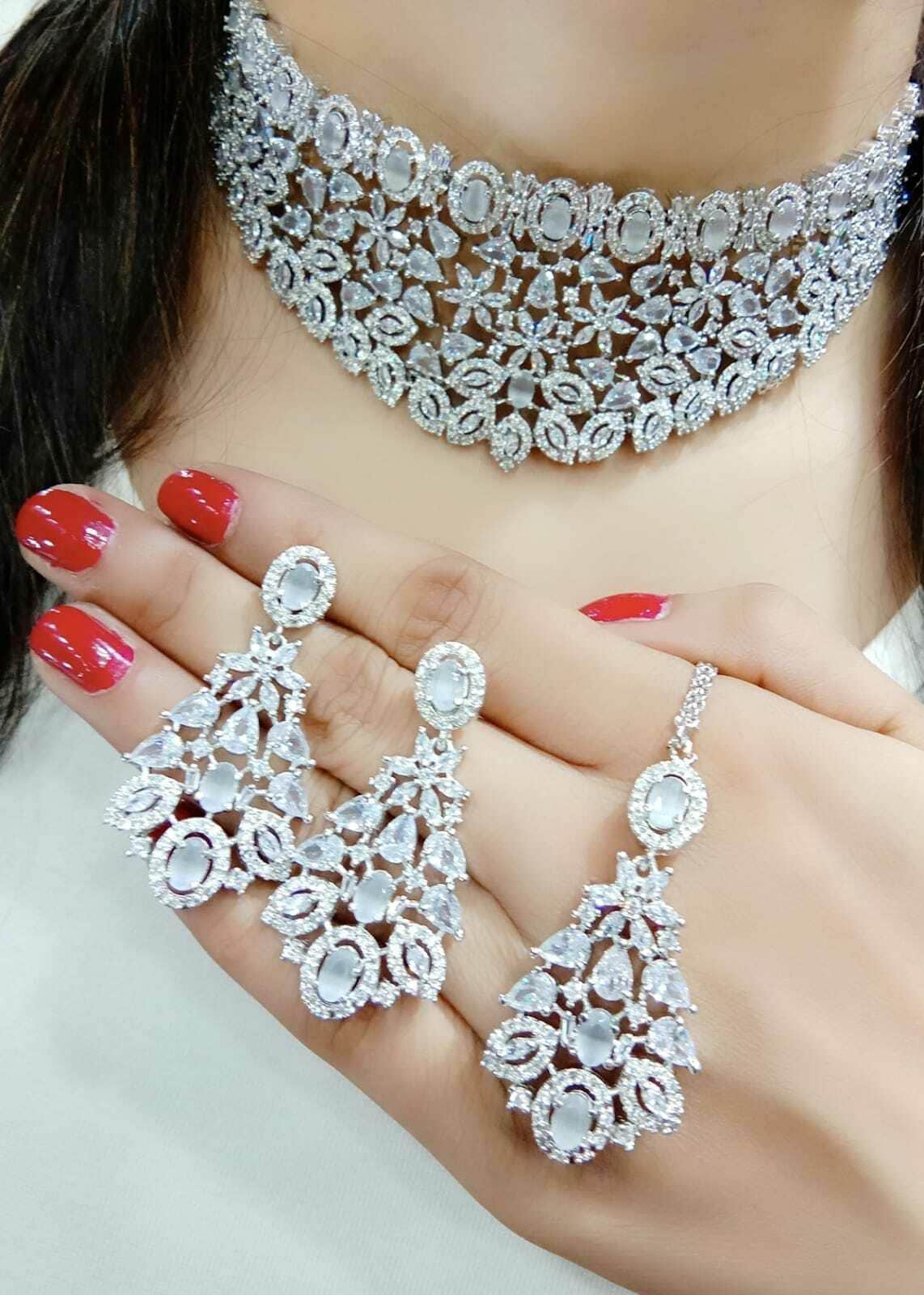
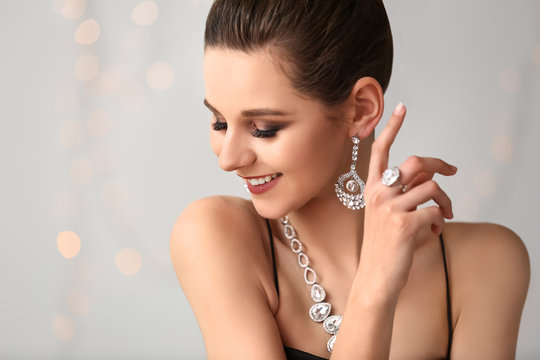
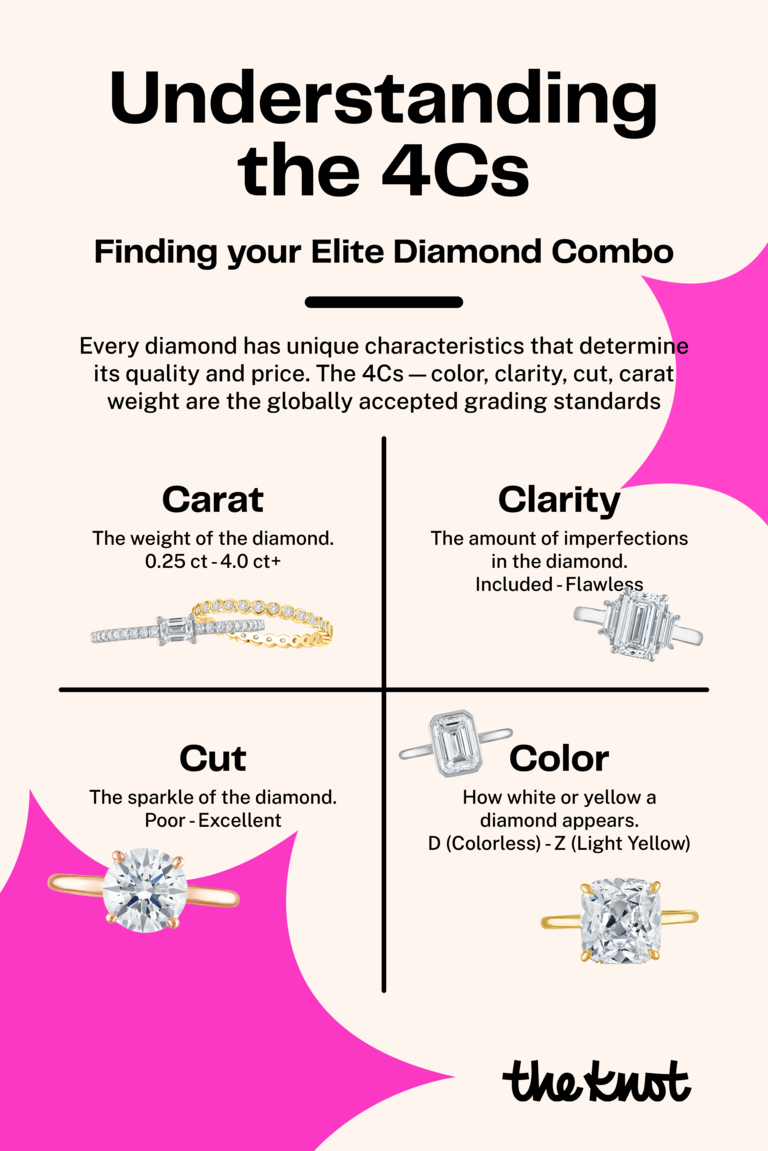
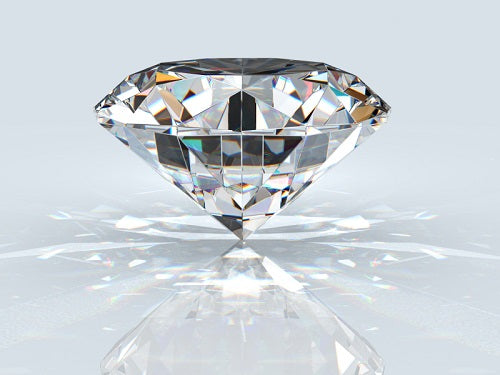
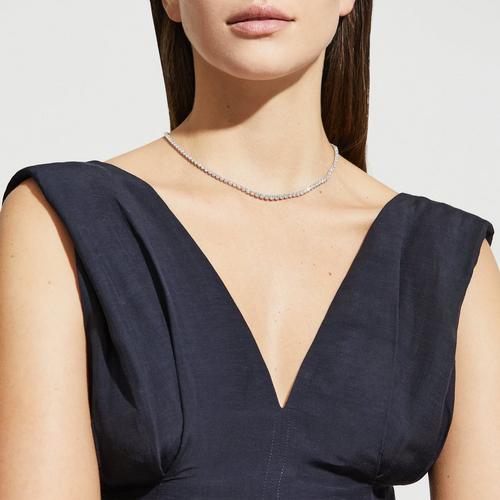
)






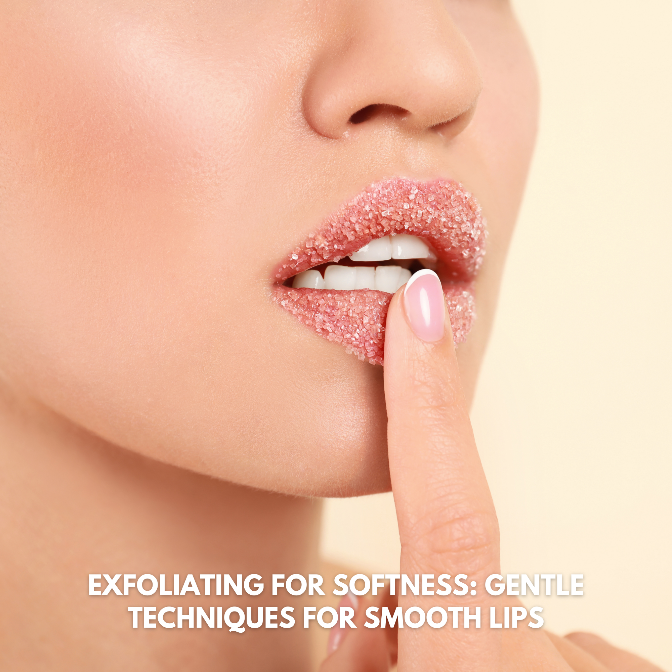

















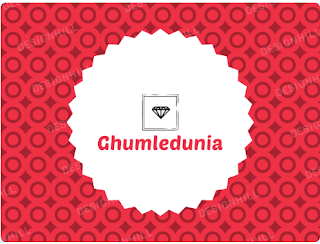
0 Comments